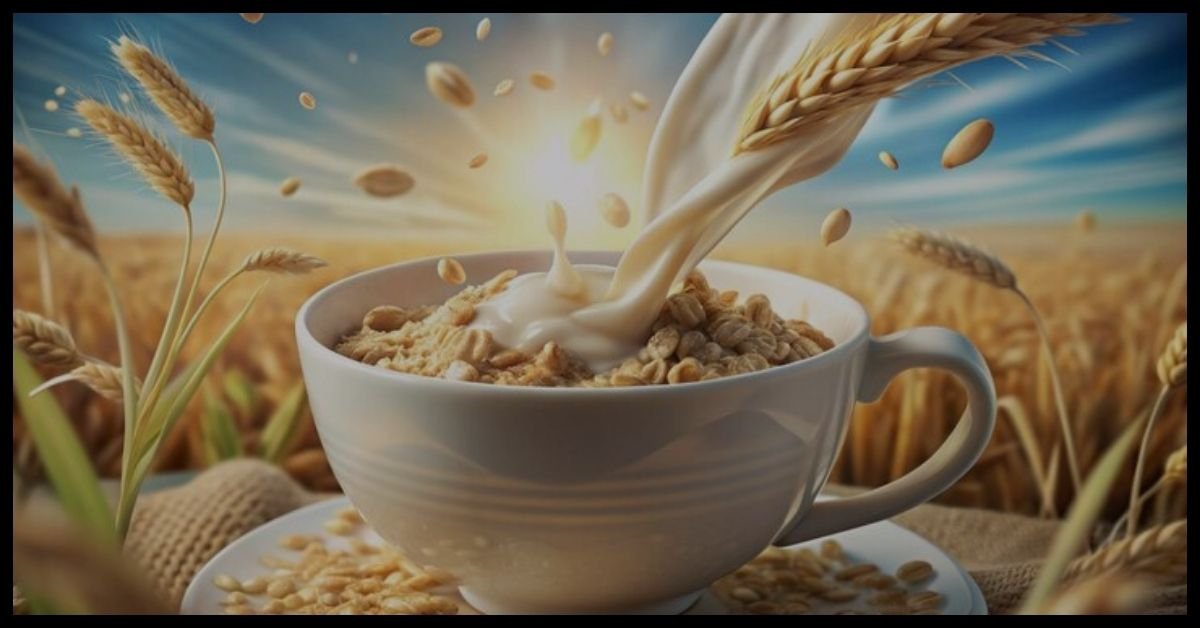Introduction to Ancient Grains
Ancient grains are making a comeback, and for good reason. These nutrient-packed seeds and grasses have been staples in human diets for thousands of years, offering a treasure trove of health benefits that modern cereals often lack. As today’s consumers become more aware of the importance of nutrition, ancient grains stand out as the superstars in the world of healthy eating. If you’re looking to elevate your breakfast game while enjoying flavors that tell stories from centuries past, it’s time to explore these incredible ingredients.
Let’s dive into what makes ancient grains so unique and how they can transform your morning routine!
Nutritional Benefits of Ancient Grains
Ancient grains are packed with an impressive array of nutrients. They often provide higher protein content than modern wheat varieties, making them a fantastic choice for plant-based diets.
Rich in fiber, these grains support digestive health and can help maintain steady blood sugar levels. This is crucial for sustained energy throughout the day.
Many ancient grains also boast essential vitamins and minerals. Quinoa, for example, contains magnesium, which plays a vital role in over 300 biochemical reactions in the body.
Antioxidants found in these grains may even contribute to reducing inflammation and fighting chronic diseases.
With a lower glycemic index than processed cereals, they also promote better metabolic health. Each serving offers not only nourishment but also unique flavors that enhance any meal or snack option.
Popular Ancient Grains Used in Cereals
Ancient grains are making a comeback, and for good reason. They provide unique flavors and textures that modern cereals often need more. Quinoa stands out as one of the most popular options. This protein-packed seed is not only versatile but also gluten-free.
Another favorite is Farro, known for its chewy texture and nutty taste. It’s perfect for adding depth to breakfast bowls or salads. Spelt has also gained traction; with its slightly sweet flavor, it enhances both taste and nutrition in various dishes.
Teff, tiny yet mighty, is a rich source of calcium and iron for your morning meal. Millet offers a mild sweetness and can be easily combined with fruits or nuts.
These ancient grains invite creativity into your kitchen while enriching your diet with essential nutrients.
How to Incorporate Ancient Grains into Your Diet
Incorporating ancient grains into your diet can be both simple and enjoyable. Start by swapping out traditional rice or pasta for quinoa or Farro in your favorite dishes. These grains provide a unique texture and flavor that elevate any meal.
Breakfast is another great opportunity to include them. Consider using spelled flakes instead of oats for a hearty bowl of porridge topped with fruits and nuts.
Baking enthusiasts can experiment with ancient grain flours like teff or buckwheat. They add depth to pancakes, muffins, and bread while boosting nutritional content.
Toss cooked barley or millet into salads for extra protein and chewiness. These choices not only enhance meals but also bring variety to your plate without sacrificing health benefits.
Healthier Alternatives to Traditional Cereal Options
Choosing healthier alternatives to traditional cereals can significantly boost your breakfast game. Many conventional options are loaded with sugars and refined grains, which can leave you feeling sluggish by mid-morning.
Ancient grains stand out as excellent substitutes. Quinoa, for instance, not only packs protein but also offers a nutty flavor that pairs well with fruits or nuts.
Another option is Farro, a chewy grain that’s rich in fiber. It adds texture and nutrition to any bowl while keeping you full longer.
If you’re craving something sweet without the guilt, consider chia seed pudding. Just soak chia seeds overnight in your favorite milk and add some honey or maple syrup for natural sweetness.
These choices provide variety while nourishing your body with essential nutrients. Embracing these alternatives allows you to enjoy breakfast without compromising on health or taste.
Recipes Using Ancient Grains for a Nutritious Breakfast
Start your day with a nourishing bowl of quinoa porridge. Cook quinoa in almond milk, adding a hint of cinnamon and maple syrup for sweetness. Top it off with fresh fruits and nuts for an energizing breakfast.
For something savory, try farro breakfast bowls. Sauté vegetables like spinach and bell peppers, then stir in cooked Farro. Add a poached egg on top for protein and richness.
If you’re craving pancakes, try buckwheat pancakes. Mix buckwheat flour with mashed bananas and eggs to create fluffy stacks. Serve them with yogurt or honey drizzles.
Chia seed pudding is another beautiful option. Combine chia seeds with coconut milk overnight; in the morning, add berries or granola for crunch. This dish is packed with fiber and omega-3 fatty acids.
Explore these ancient grain recipes to elevate your morning routine while enjoying their unique flavors and textures!
Conclusion: The Versatility and Importance of Ancient Grains in a Healthy Diet
Ancient grains are not just a trend; they’re a return to our roots and an opportunity to enhance our health. These nutrient-dense foods offer a wealth of benefits, from improved digestion to increased energy levels. The variety of ancient grains available today means there’s something for everyone.
Incorporating them into your diet is simple. Whether you opt for quinoa in salads or Farro in soups, the possibilities are endless. They can easily replace traditional cereals, providing healthier options that don’t compromise on taste.
With delicious recipes at your fingertips, breakfast can transform into a nourishing meal that fuels your day. Ancient grains contribute flavor and texture while packing essential nutrients into every bite.
Embracing these superstars of healthy cereals enriches not only our diets but also aligns with sustainable eating practices. As we explore their versatility and importance, it becomes clear that ancient grains deserve a place on every table as part of a balanced lifestyle.
